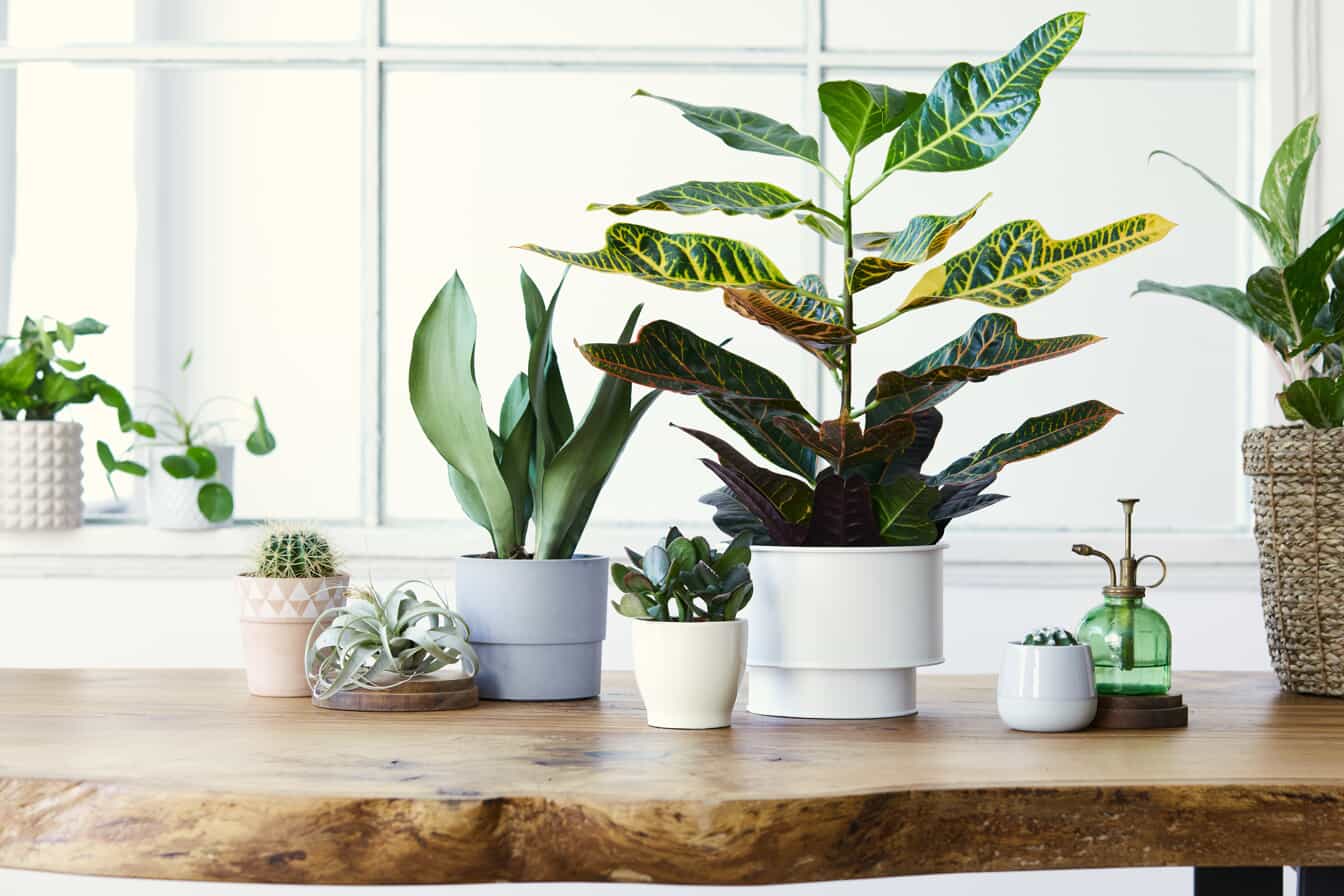How To Clean Baby Toys
Babies are associated with innocence, which means when people look at them, they generally think of them as being clean. However, babies spend a lot of time on the floor, especially once they start crawling. And as they develop their little minds and bodies, they also develop the nasty habit of sticking things in their mouths.
Naturally, you want to help your little ones avoid as many germs as possible. After all, that's part of the job when you're a parent. While you'll never be able to shield your children from all the germs out there, you can learn how to clean baby toys in order to try to prevent your infants and toddlers from picking up a bug.
A Baby Toy-Cleaning Primer
According to the National Association for the Education of Young Children (NAEYC), there are three different cleaning levels you should be aware of when thinking about how to clean baby toys.
1. Cleaning:
Physically removing all dirt and contamination, oftentimes using soap and water. The friction of cleaning removes most germs and exposes any remaining germs to the effects of a sanitizer or disinfectant used later.
2. Sanitizing:
Reducing germs on inanimate surfaces to levels considered safe by public health codes or regulations. Sanitizing may be appropriate for food service tables, high chairs, toys and pacifiers.
3. Disinfecting:
Destroying or inactivating most germs on any inanimate object, but not bacterial spores. Disinfecting may be appropriate for diaper tables, door and cabinet handles, toilets and other bathroom surfaces.
From these definitions, you can see that not all toys require sanitizing or disinfecting. Armed with this knowledge, here are suggestions for how to clean baby toys based on the recommendations of the NYAEC.
Cleaning Toys Made of Plastic
Plastic toys that make contact with baby's mouth should be cleaned after each use. The easiest way to clean plastic toys is in the dishwasher. However, this only works for toys that don't have moveable parts or batteries.
When cleaning plastic baby toys by hand, you'll need dishwashing liquid, hot water and a microfiber cloth. These instructions may also work for cleaning wooden toys.
- Combine a few drops of dishwashing liquid with hot water.
- Dampen the microfiber cloth with your cleaning solution. Use this to scrub the toy completely.
- Rinse the toy well with hot water. You want to be certain you've removed all the soap residue.
- Wipe the toy dry with a fresh microfiber cloth.
How to Sanitize Baby Toys Made of Plastic
The NYAEC also recommends sanitizing plastic toys that your baby has mouthed at the end of each day. For this, you'll want to choose a sanitizer that is registered with the Environmental Protection Agency (EPA).
You'll often find a products EPA registration number in fine print towards the very bottom of the back label. This number means that the product is registered by the EPA to kill the germs claimed on the label.
The EPA also suggests making sure the sanitizer has been approved for food contact surfaces and has a zero rating on the Hazardous Materials Identification System (HMIS). Additionally, it recommends looking for the words "Caution" or "Warning" as opposed to "Danger" on the label and selecting a product that has a short dwell time. (Dwell time is the amount of time a sanitizer needs to be left wet on the toys surface in order to work its magic.)
Once you've selected your sanitizer, follow the instructions to the letter.
Cleaning Plush Baby Toys
When it comes to baby's stuffed animals and softer toys, the NAEYC recommends cleaning on a weekly basis or when you can visibly tell the toy is dirty. You may also want to consider washing plush toys if baby has had a cold or diarrhea.
Good news! You can do this in the washing machine.
- Check the care instructions on the toys tag.
- Wash the toy according to the directions, using a mild detergent. If there are no instructions, wash in hot water.
- Tumble dry on an appropriate setting.
Remember that knowing how to clean baby toys is only one step in trying to prevent germs from spreading in your home. Illnesses are bound to happen, but keeping up with a daily cleaning routine and knowing how to avoid spreading germs when the family is sick may very well bolster your efforts in keeping everyone happy and healthy.









.2210140805553.jpg)




